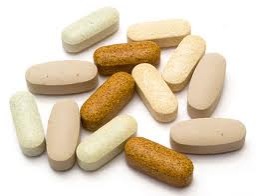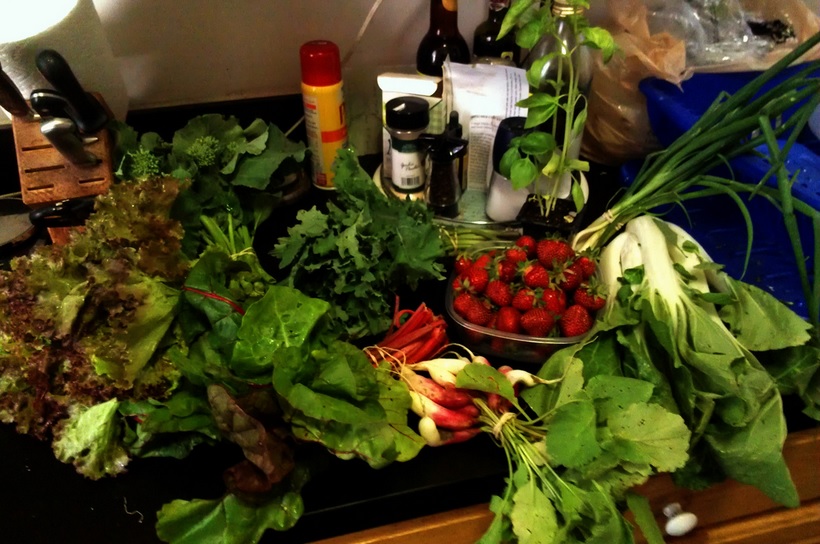
Is my hair falling out because of what I eat? What is an ideal hair restoration diet regimen? Of the millions of American men and women battling hair loss, many will encounter this question in the pursuit of hair restoration. Loss of hair can result from severe stress, thyroid dysfunction , traction alopecia, and much more—to include poor diet. While genetic balding (pattern baldness) is the leading international cause of hair loss, malnourishment is a source of thinning hair particularly prevalent in the United States.
Our diets tend to consist largely of high-fat, high-protein foods that are bad for hair health. Furthermore, we skimp on important fruits and veggies and deprive ourselves of the vitamins necessary to grow thick, strong locks. Simply improving your food consumption to a balanced diet will get you on track to a healthier head of hair.
Foods to Moderate for Hair Restoration
Foods that are too fatty, too high in protein, too salty, too high in sugar, and too high in starch can cause hair loss (there’s also a causal link to too much dairy). But only when eaten too often. Moderating certain foods to promote hair growth doesn’t mean cutting them out altogether. The key is balance. We still need the right amount of protein to encourage hair health. Moderation just means you need to enjoy that steak in combination with some green, leafy fodder; and put it on a rotation with other protein sources like seafood, eggs, chicken beans, and nuts.
Moderation also necessitates a diet with the proper proportion of protein, fat, salt, and sugar for your body weight. A 150 lb. person only needs to take in 54 grams of protein per day, which is equivalent to about two ounces. A 12-ounce steak far exceeds the daily dose.
Hair Restoration Diet to Consume
Suppressing hair loss can simply mean eating the right balance of protein (as mentioned above). A good hair restoration diet or hair growth promoting diet should entail eating more antioxidant rich foods, and eating more foods that contain iron. Vitamin D and omega-3 fatty acids are also great nutrients for hair growth.
Antioxidant vitamins A, C, or E can be found in almost any fruit or vegetable. But incorporating blueberries, cherries, mangoes, carrots, squash, and peppers into your diet will be the most rewarding.
Red meat and eggs are great sources of both protein and iron. Additional sources of iron include spinach, broccoli, kale, and lentils. (Iron deficiency, or anemia, is a common cause of hair loss, especially in women.)
Salmon is an excellent source of protein, vitamin D, and omega-3s, which are all essential to dietary hair restoration. If you can’t get those fatty acids from salmon or other fish, like trout or herring, try eating avocado or pumpkin seeds.

